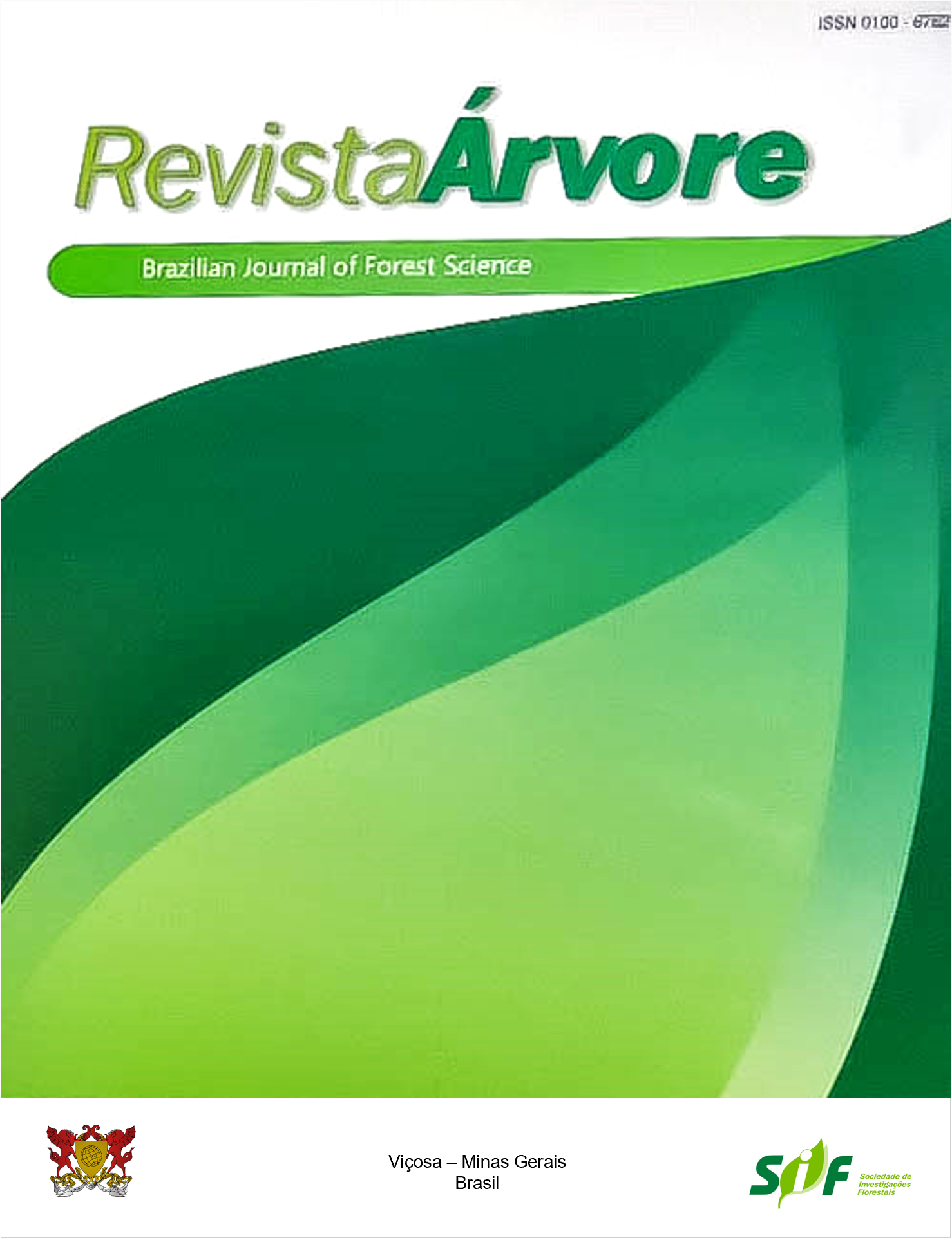PRODUCTION TECHNIQUES OF ARBOREAL SPECIES SEEDLINGS AND USE OF MULCHING IN AN ALTERED AREA
Keywords:
Plastic bag, Tubs, Morphological and physiological attributesAbstract
Among the methods used for the restoration of altered areas, the planting of native tree seedlings is one of the most traditional ones. The objective of this study was to evaluate the survival and initial growth of Casearia sylvestris Sw, Handroanthus heptaphyllus Vell. Mattos and Parapiptadenia rigida Benth. Brenan seedlings in altered areas, according to containers used in nursery seedlings production and use of mulching on planting, using morphological and physiological attributes. The experiment was conducted in a 2x2 factorial scheme. The type of containers used (plastic bag and tube) was considered, and the presence or absence of mulching around the seedlings. The three species presented similar survival averages at 24 months. The rates between the treatments were 72.5; 85.0 and 80.0%, respectively. The use of plastic bags had a positive impact on the height (IncH) and stem collar (IncDC), crown area (CA) and shoot dry mass (SDM) for C. sylvestris and H. heptaphyllus, while for P. rigida, the use of plastic bags favored the CA and the SDM. The presence of mulching favored the attributes IncH, IncDC, AC, and MSPA of H. heptaphyllus, as well as CA and SDM of C. sylvestris. Regarding the physiological parameters (relative levels of chlorophyll a and b and fluorescence of chlorophyll a), no difference was observed between the treatments tested. It is recommended that for the planting of seedlings of C. sylvestris, H. heptaphyllus, and P. rigida, in altered areas by anthropization, they be produced in a 1.5 L plastic bag, aiming at greater field growth. Also, in the planting of C. sylvestris and H. heptaphyllus the mulching should be used to favor their growth.
Keywords: Plastic bag; Tubs; Morphological and physiological attributes
Downloads
Published
How to Cite
Issue
Section
License
Copyright (c) 2021 Revista Árvore

This work is licensed under a Creative Commons Attribution 4.0 International License.
All authors agreed to submit the work to Revista Árvore and granted the exclusive license to publish the article. The authors affirm that it is an original work and has not been previously published elsewhere. The scientific content and opinions expressed in the article are the sole responsibility of the authors and reflect their opinions, not necessarily representing the opinions of the editorial board of Revista Árvore or of the Society of Forest Investigations (SIF).




